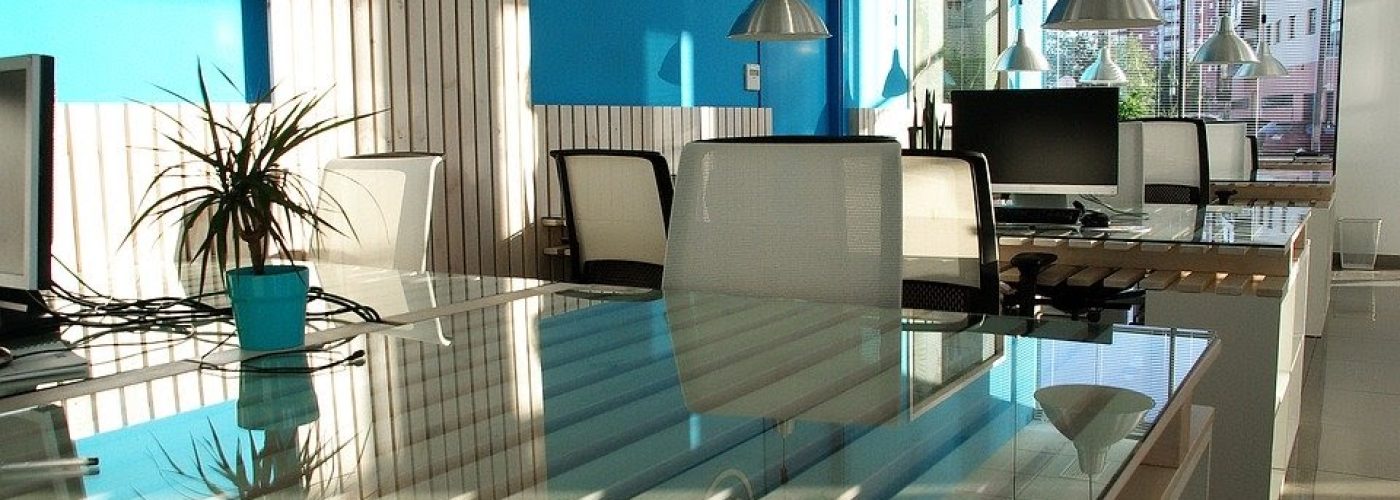What makes a business great? Is it the products and services it offers? Is it the employees that carry out their duties with aplomb and bring the company’s mission statement to life every day? Is it the branding that resonates with the target market. It goes without saying that all of these elements play a part in how successful a business is (or isn’t). But a business lives or dies by its operational efficacy and expediency. And those in the realms of architecture and construction understand that the physical and data infrastructure that they build into the workspace can either hello nascent businesses to hit the ground running or hobble ambitious startups at the first hurdle.
Office architecture has always been intrinsic to operational success. Indeed, we’ve seen a recent example where a “touch free” architecture can also help to keep employees safe and mitigate the spread of COVID-19 and other diseases which can be communicable in the workplace. But there’s often a disparity between what’s trendy, chic and desirable in the startup world and what’s conducive to productivity and collaboration. So, when a client comes to you and says “we’re thinking open plan”, there are a few reasons why this should give you pause. While it might make for easy data cabling and offer some cool design opportunities, there are also some caveats. You should discuss these with the client…
Open plan offices inhibit face to face interactions
Ambitious startups invariably want to create an atmosphere of dynamic collaboration. But while it may seem like the openness and space of an open plan office are conducive to this, studies by the Harvard Business Review actually actually suggest that face to face interactions fall by as much as 70% in open plan offices. It’s hard to be truly collaborative in a wide open space. Not only does it make us feel smaller and more vulnerable, the acoustics make clear communication in groups challenging.
Confidentiality is difficult in open plan offices
If your client’s company deals in confidential or sensitive information which needs to be communicated verbally, this creates complications in open plan offices. As hard as everyone may try to exercise discretion, sound can travel far in open spaces. While it’s relatively easy to assign a separate space to confidential communications, this can disrupt the operational flow of the workplace.
Employees have less autonomy over their space
Every employee has their own personal sweet spot in terms of natural and artificial light and ambient temperature that’s most conducive for their productivity. But when the workspace is open plan, it’s virtually impossible for individual team members to make the space their own in this way. And while they may be able to decorate their desks with personal baubles and trinkets, this can still prevent team members from feeling truly comfortable at work.
Sickness and infection can be more apt to spread
Finally, while it may be easier to socially distance in an open plan office space, fewer physical barriers to infection mean that virus-laden droplets of moisture can be transmitted between employees. Especially if they have to raise their voices to be heard over the hum of background chatter. Something that’s particularly resonant in the post-COVID age.





